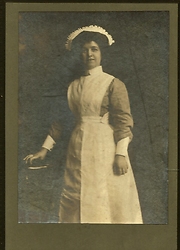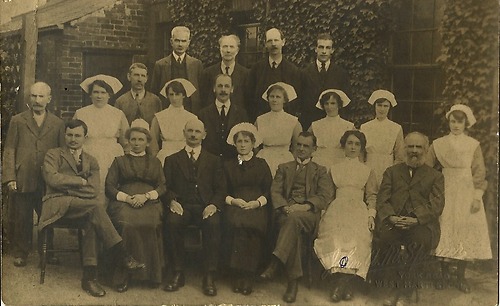 Hartlepool Sports & Leisure
Hartlepool Sports & Leisure
- Cinemas, Theatres & Dance Halls
- Musicians & Bands
- At the Seaside
- Parks & Gardens
- Caravans & Camping
- Sport
 Hartlepool Transport
Hartlepool Transport
- Airfields & Aircraft
- Railways
- Buses & Commercial Vehicles
- Cars & Motorbikes
- The Ferry
- Horse drawn vehicles
 A Potted History Of Hartlepool
A Potted History Of Hartlepool
- Unidentified images
- Sources of information
- Archaeology & Ancient History
- Local Government
- Printed Notices & Papers
- Aerial Photographs
- Events, Visitors & VIPs
 Hartlepool Trade & Industry
Hartlepool Trade & Industry
- Trade Fairs
- Local businesses
- Iron & Steel
- Shops & Shopping
- Fishing industry
- Farming & Rural Landscape
- Pubs, Clubs & Hotels
 Hartlepool Health & Education
Hartlepool Health & Education
- Schools & Colleges
- Hospitals & Workhouses
- Public Health & Utilities
- Ambulance Service
- Police Services
- Fire Services
 Hartlepool People
Hartlepool People
 Hartlepool Places
Hartlepool Places
 Hartlepool at War
Hartlepool at War
 Hartlepool Ships & Shipping
Hartlepool Ships & Shipping

Workhouse staff
What we know about this image :
The staff of Hartlepool workhouse. Date unknown. Mary Ann Frankland is front row second from the end.
Mary Ann Frankland
Donor : Kathleen Brookfield
Location
Related items :
 Mary Ann Frankland
Mary Ann Frankland
 Donated by Kathleen Brookfield
Donated by Kathleen BrookfieldMary Ann Frankland was born in 1874, the daughter of Joseph and Eliza Frankland.
She was a dressmaker and worked in Howbeck House until retirement in 1939? She had to walk the two miles to the institution, in the middle of the fields, every day and in all weathers. According to family anecdotes, she never missed a day.
Details of her work history are lost, except these photographs. But she is an example of the many dedicated women, whose loyalty and sacrifice for crown and country helped win two World Wars.
Mary Ann remained a spinster as her fiance returned from WW1 in a vegetative state because of mustard gas poisoning. Also, she nursed two brothers who died of emphysema through working in the saw mill.
She was also a very active member of the Women's Voluntary Service (WVS) in WWII.
She died at 87 in her own home at 12 Gainford Street in January 1961 of a heart attack and smoke inhalation from a dropped candle that burnt a hole in the damp floorboard. She left many nieces and nephews who remembered her fondly as Auntie Polly.
More detail » The Workhouse
The Workhouse
In the late 1700s and early 1800s, there was a town workhouse at the Friarage (part of which eventually became part of St Hilda's Hospital). In the Poor Law Town Book, lists of paupers and workhouse inmates are given and also details of amounts of money and clothing given to them.
In 1837, Hartlepool became part of Stockton on Tees Poor Law Union and in March 1859 became independent. A new Union Workhouse was built in 1860 at Howbeck, Throston and this was quickly expanded and became the basis of Hartlepool General Hospital. The old workhouse buildings were gradually demolished in the early part of this current century.
More detail »




